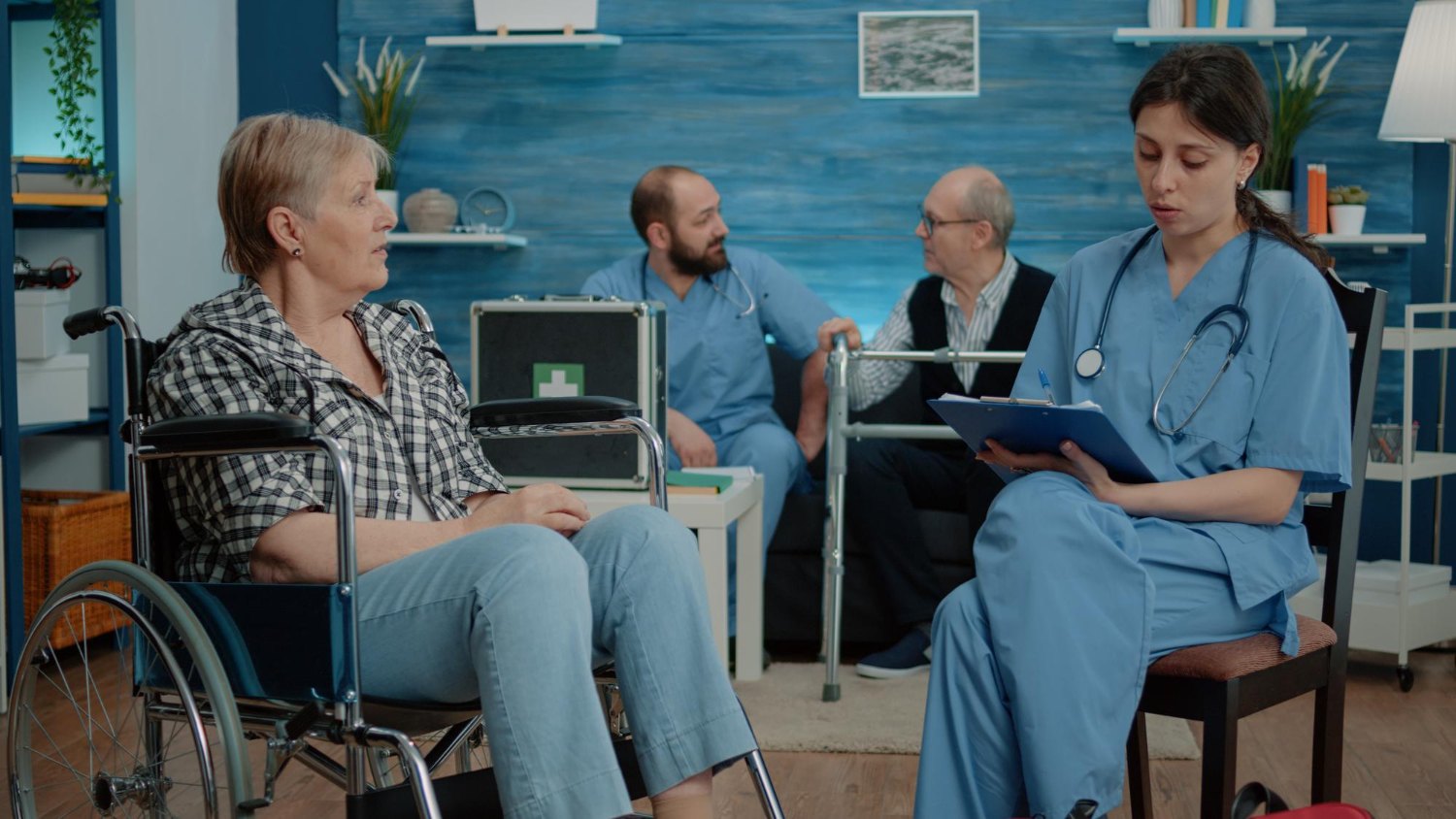How to Build a Strong Caregiver-Patient Relationship


A strong caregiver-patient relationship is the foundation of successful caregiving. Establishing trust, understanding, and open communication can significantly improve the patient’s overall experience and well-being. In this blog post, we will explore effective ways to build and maintain a positive relationship between caregivers and their patients.
The first step to building a strong caregiver-patient relationship is establishing trust. Be punctual, follow through on your promises, and show that you are reliable. Patients are more likely to open up and cooperate when they feel they can count on their caregiver.
Being an attentive listener is key to understanding your patient’s needs and concerns. Take time to listen carefully to their preferences, worries, and feedback. This not only helps you provide better care but also shows the patient that their voice matters.
Respect and compassion should always be at the forefront of caregiving. Treat your patients with dignity, regardless of their condition, and always be sensitive to their emotions. A little kindness goes a long way in strengthening the caregiver-patient bond.
Be clear, concise, and honest when communicating with your patient. Whether it’s explaining their care plan or discussing their health concerns, open communication ensures that the patient feels informed and involved in their own care. This transparency is vital for building mutual trust and respect.
Every patient is unique, and their needs may vary widely. Being flexible and willing to adapt your care approach to meet individual needs can greatly improve the caregiver-patient relationship. Customize your care to fit the personality, preferences, and medical needs of each patient.
Building a strong caregiver-patient relationship takes time and effort, but the rewards are immeasurable. A trusting, compassionate connection not only enhances the care you provide but also contributes to the patient’s sense of security and well-being.